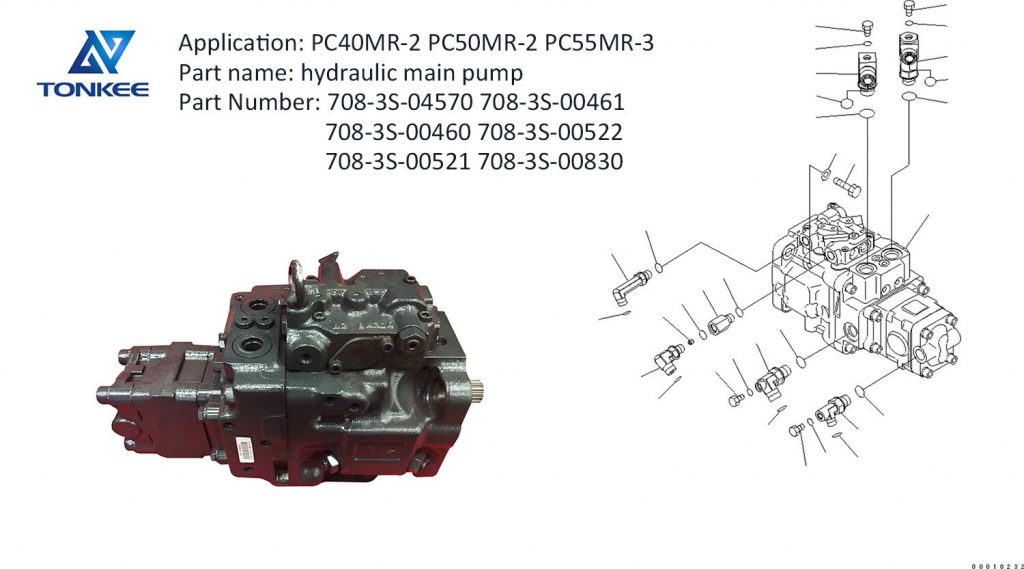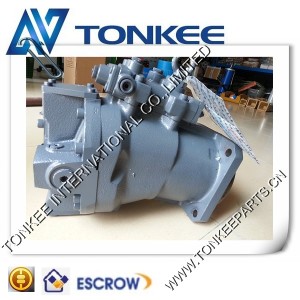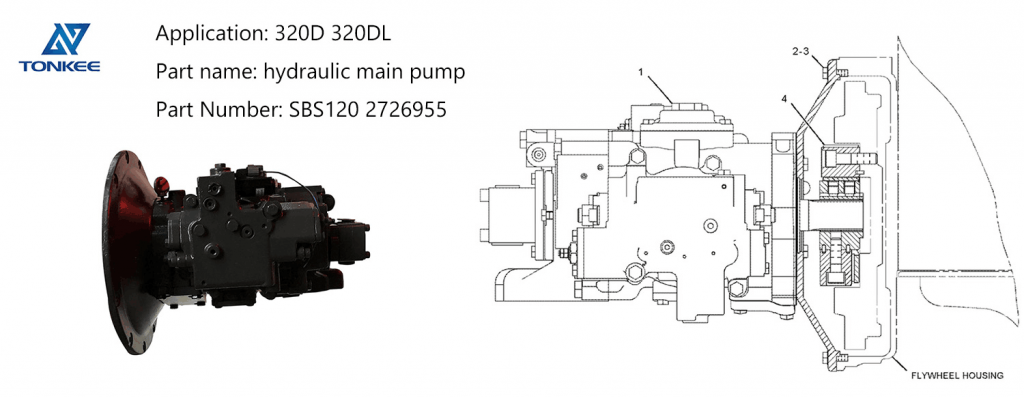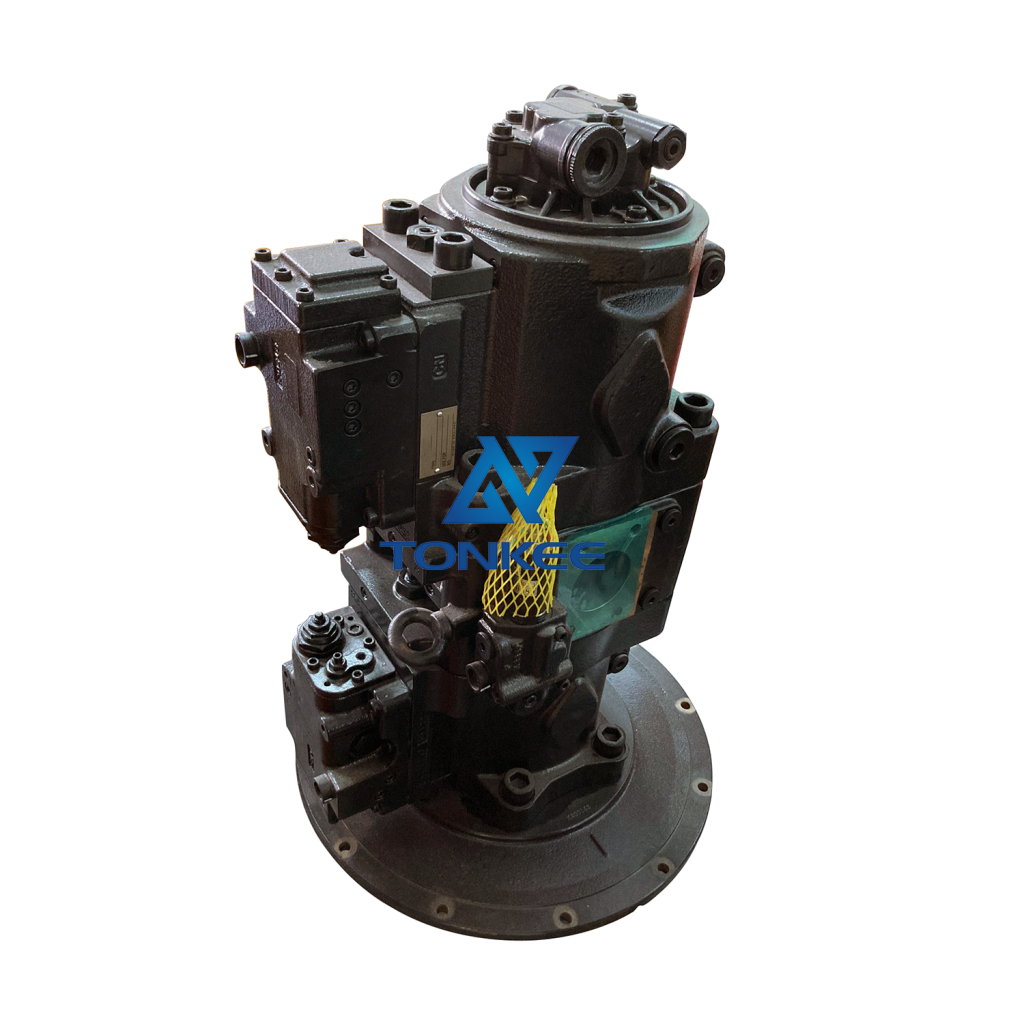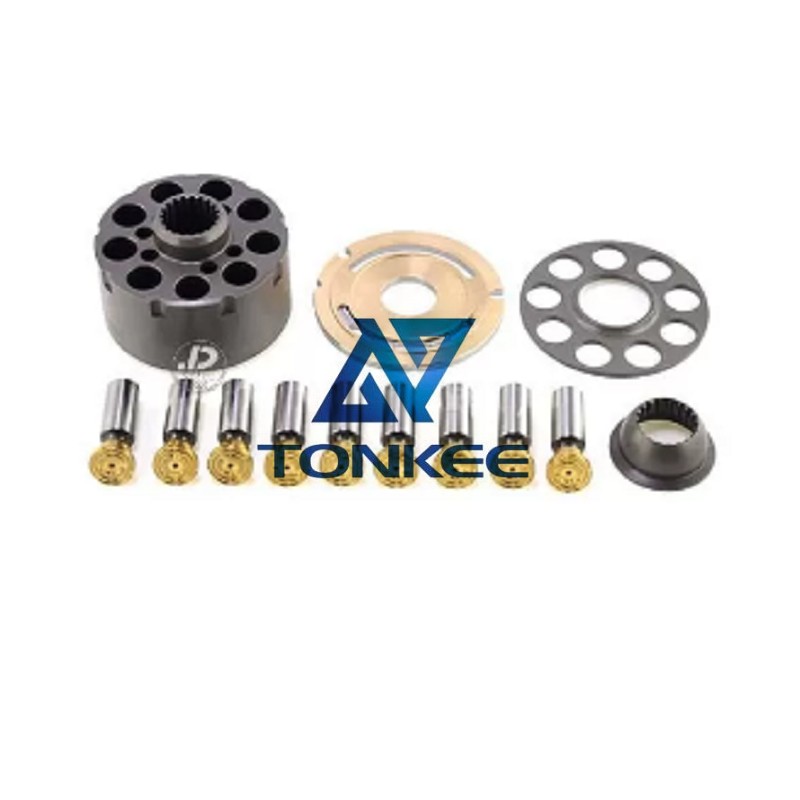
Flow Rate: The K3VL28 pump is known for its high flow rate capacity.
It can deliver a substantial volume of hydraulic fluid, which is essential for powering the various hydraulic systems in an excavator.
Pressure Rating: This hydraulic pump is capable of generating high pressure, typically in the range of 250-350 bar. This high pressure output is crucial for enabling the excavator to perform heavy-duty tasks such as digging, lifting, and breaking.
Displacement: The displacement of the K3VL28 pump is a key specification. It determines the amount of hydraulic fluid the pump can deliver in one rotation. A higher displacement typically results in a higher flow rate.
Efficiency: Modern hydraulic pumps, including the K3VL28, are designed with a focus on efficiency. High efficiency minimizes energy wastage and helps in reducing the operational costs of the excavator.
Mounting Type: The K3VL28 pump can be mounted in various ways, depending on the specific requirements of the excavator. Common mounting options include SAE flange, ISO flange, and more.
Size and Weight: The physical dimensions and weight of the K3VL28 pump are important considerations, as they affect the overall weight and size of the excavator.
These factors can influence the excavator's mobility and transportation requirements.
Control Options: This hydraulic pump often comes with different control options, such as load-sensing, pressure-compensated, or electric control, allowing operators to fine-tune the hydraulic system to the specific task at hand.
Spare Parts:
Seal Kits: Seal kits include o-rings and gaskets, essential for preventing hydraulic fluid leaks. Regular maintenance and replacement of seals are critical to ensure the pump's longevity.
Bearings: Bearings are crucial for the smooth rotation of the pump's internal components. Replacing worn bearings is essential to prevent overheating and damage.
Drive Shaft: The drive shaft connects the pump to the engine or motor. It is important to have spare drive shafts in case of wear or damage.
Valve Plate: The valve plate controls the flow of hydraulic fluid within the pump. Damaged or worn valve plates can lead to reduced performance and should be replaced as needed.
Cylinder Block: The cylinder block is a key component of the pump responsible for generating hydraulic pressure. Spare cylinder blocks are necessary to address wear and tear.
Piston and Piston Shoes: These components are responsible for generating the hydraulic pressure. Over time, pistons and piston shoes may need replacement to maintain optimal performance.
Housing and Housing Cover: These parts protect the internal components of the pump. In case of damage or corrosion, replacement housing and housing covers are necessary.



 English
English Русский язык
Русский язык


